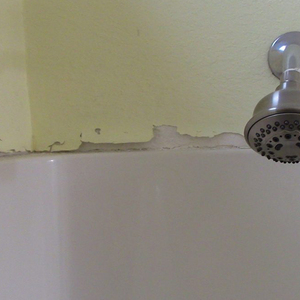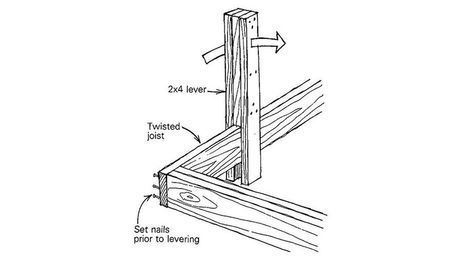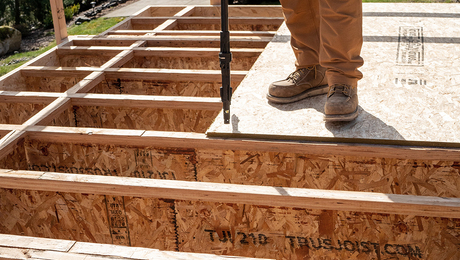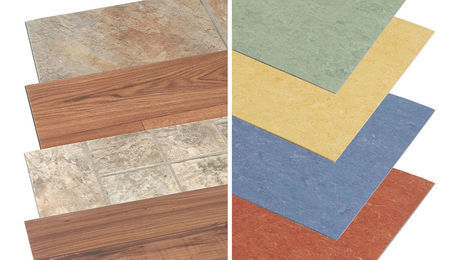How To Get Pet Stains Out of Oak
If urine has created dark stains in wood flooring, agressive sanding with water could help.
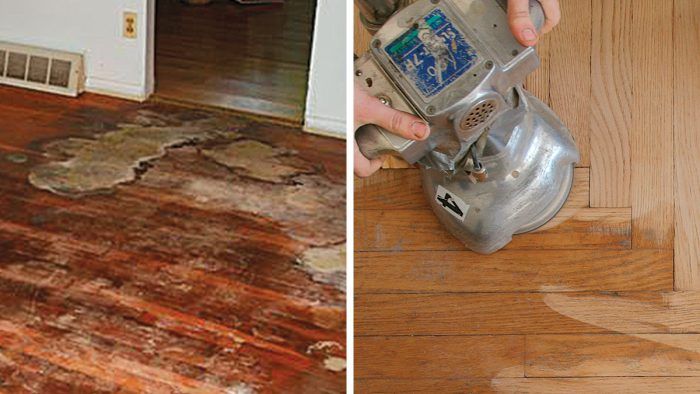
I’m rehabbing a 1950s ranch house. We’ve torn out the carpet, exposing red oak floors throughout. We’d like to sand and refinish them, but there are numerous urine stains from past pets. Is there a way we can get rid of them?
—Pete Bellows via email
Brent Kelosky, of Wood Floor Designs in Kopek, Pa., responds: Urine stains in oak are tough to remove. The ammonia in the urine reacts with tannins in the wood to create a dark stain that can drastically alter the look of the wood. (In fact, fuming oak with ammonia is a traditional Arts and Crafts finish said to have been discovered when oak used for horse stalls changed color due to exposure to ammonia from the animals’ urine.) When sanding a pet-stained floor, there are a few things you can try. One is to sand more aggressively in the area to sand out the stain. This can be done by using a heavier grit on an angle to remove more wood, and then feathering the area out with the successive grits to blend it in.
A second option is to try and lift the stain while sanding. Spray the area with water, allow it to dry, and then continue sanding. This can sometimes help. Often, we will attempt both options one and two concurrently while sanding.
You can also try oxalic acid wood bleach, although I have had little success with bleaching. It lightens the floor in the places it’s been used, changing the look of the finished floor. To get an even look, you have to bleach the entire floor.
If the stains cannot be sanded out, the last option is to remove and replace the boards that are damaged (see “2 Methods for Patching a Hardwood Floor,” FHB #286).
Photos: left, Charles Peterson; right, Justin Fink
From Fine Homebuilding #297
More about hardwood flooring:
Refinish Your Wood Floors – Uncover the beauty in old hardwood flooring with a little patience and some great professional advice.
Mesquite Hardwood Floor Install – Tips & tricks from a wood geek.









